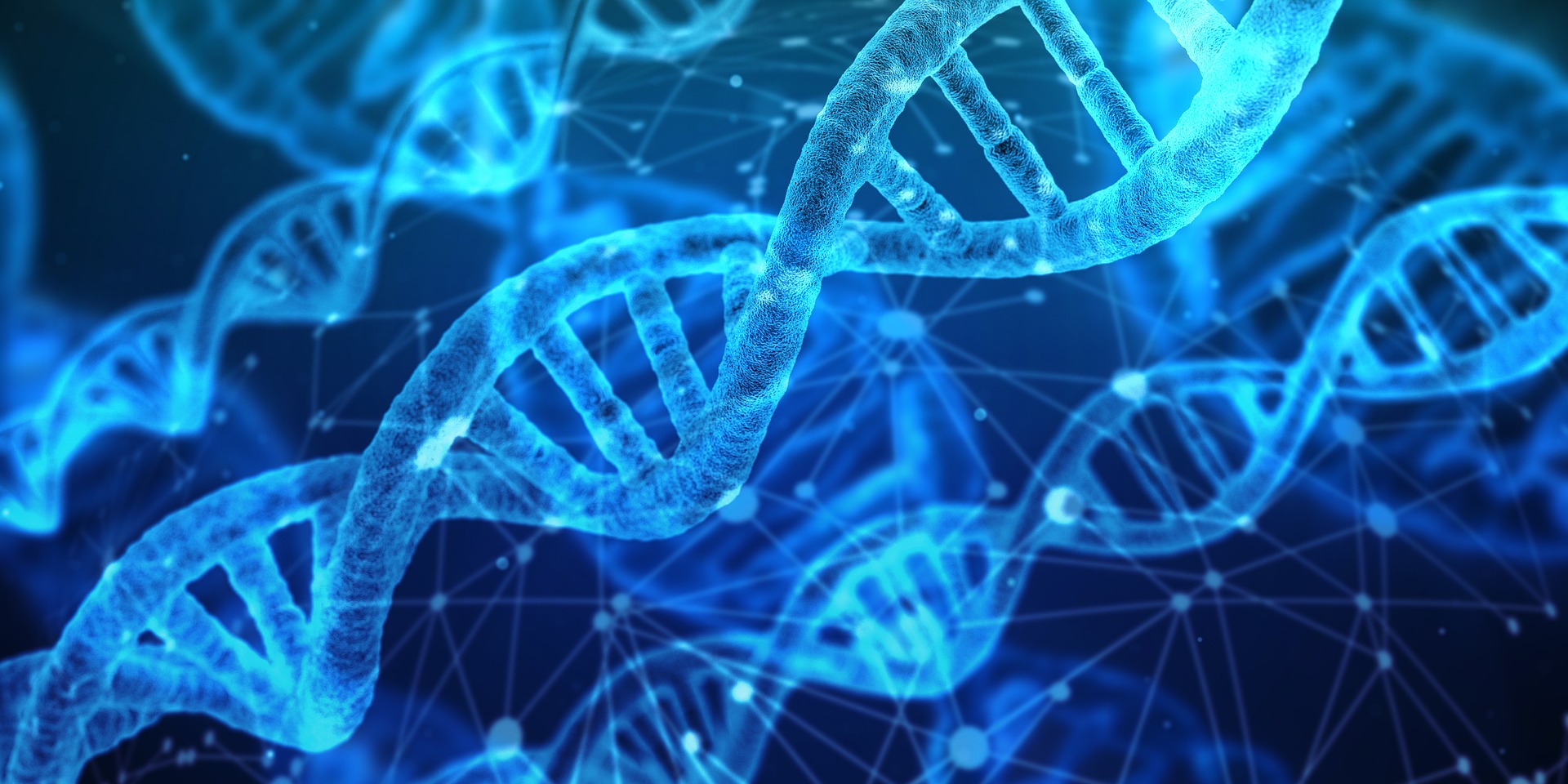The 6 characteristics of living things define how we identify what life is and what it is not. When we know these it is easier to make sense of what the life constituents are, at least on the organic level.
1. Organisation
Organisation is next to perfection and if one is organised enough they can have a better change of life. An incredibly important characteristics of life is that in whatever form they come in they are extremely organised. That means from the cellular structure to the very functional out that come out of it. If we look at humans our very nature of construction points to a deep intent on function hence the organisation.
Each make up of the living thing leads to another, imagine that there is the next which leads to the head or to the chest and shoulders in simpler terms. Each level of organisation of the living organism has a purpose an intent.
2. Response to Stimuli
As organisms we just do not stay in one environment there are different occurrence which happen and we respond to them. We adapt and move on, when we don’t respond we put ourselves at a disadvantage. So every living organism responds to a change in temperature, light, cold, or any other stimuli in order to maintain some level of equilibrium.
When there is no response to change then we are most likely dead or not moving towards anything in life. As a living organism we need to understand that we have responses in pursuit of life.
However in a nutshell living things respond in order to maintain homeostasis.
3. Reproduction
Living things reproduce, as simple as that. Without reproduction there is no continuity of the universe (their universe). So whether is sexual or asexual, reproduction will occur.
The passing of DNA between organisms ensures continuity as if that is natures way of a “Business Continuity Plan”. For life to succeed they must be a reproduction of some sort. For success in any system to exist there must be a reproduction of the concept that pushes the actors in the system to different levels.
4. Growth and Development
The natural progression after reproduction is that there must be growth and development. The genetic code allows for success if the instructions are followed. The genes of any living organism determine its growth with its specific instructions.
Without growth then continuity can fail and survival is put into question. The young that grow are a blue print of some sort of the parent there by enabling to continuation. Success is not just about growth but about leaning on the foundation of development with the right genetic code.
5. Homeostasis/Regulation
Without an internal function of regulation an imbalance can easily be reached result in the termination of the organism. Regulation is like that organizing program that enables everything to be where it is supposed to be. Without it everything fails.
Blood just does not flow and neither does respiration just occur, there is more to it. Regulation is a program of balance for maintaining success as a living organism.
6. Energy Consumption
Energy can be found from different sources like the sun (photosynthesis) or internal mechanisms such as respiration in cells, but whatever the energy source is the living organism needs fuel in order to exist and be in motion.
Any system that is to succeed like a human being needs fuel and needs to have the capacity to consume the energy. Without the energy consumption the other characteristics begin to fail and are not fulfilled. Energy consumption may occur at different rates depending on the organism.





















+ There are no comments
Add yours